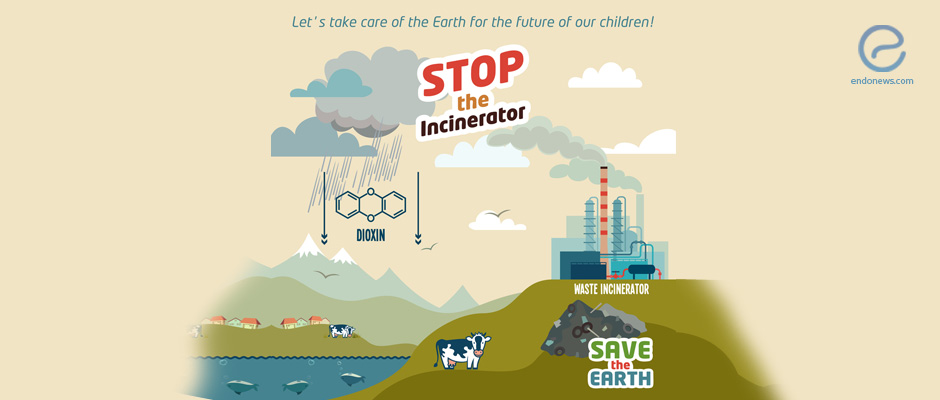Exposure to organic pollutants and endometriosis
Sep 14, 2017
Association between organic pollutants in adipose tissue and deep infiltrating endometriosis
Key Points
Highlight:
- Patients with deep infiltration endometriosis (DIE) have higher concentrations of some persistent organic pollutants (POPs) in adipose tissue as compared with controls.
Importance:
- POPs exposure levels in adipose tissue may be associated with DIE.
What's done here:
- A case-control study to assess the associations between the internal exposure to POPs and DIE with or without concurrent ovarian endometrioma.
- Adipose tissue and serum samples were collected from patients with endometriosis (n = 55) and controls (n = 44).
- Targeted pollutants for analyses included dioxins, polychlorobiphenyls (PCB), polybrominated diphenyl ethers (PBDEs), polybrominated biphenyls (PBBs), hexabromocyclododecanes (HBCDs) and organochlorine pesticides (OCPs).
Data:
- Patients with DIE have higher concentrations of several POPs in adipose tissue compared with controls without DIE (notably OCDF, PCB 118, PCB 123, PBB 153 and several OCPs including cis‑heptachlor epoxide, oxychlordane, trans‑nonachlor, dieldrin and HCB).
Limitations:
- Modest sample size
- Possible misclassification of controls may confound the analysis
- Observational studies can have intrinsic bias
Lay Summary
There is increasing evidence suggesting the associations between exposure to endocrine disrupting chemicals and gynecological diseases over the last decade. In rodent and primate experimental models, consistent associations have been previously found between exposure to dioxins and the onset of endometriosis. Despite previous investigative efforts, existing studies existing studies remains relatively inconclusive due to methodological and population heterogeneity.
Ploteau et al. conducted a case-control study published in the journal named Environment International, to assess the associations between the exposure to POPs and the presence of DIE with or without concurrent ovarian endometrioma. The investigators analyzed adipose tissue and serum samples from endometriosis (n =55) and controls (n =44) subjects enrolled during 2013 and 2015 in Pays de la Loire, France. A large number of targeted pollutants (76 historical and more emerging POPs including dioxins, polychlorobiphenyls (PCB), polybrominated diphenyl ethers (PBDEs), polybrominated biphenyls (PBBs), hexabromocyclododecanes (HBCDs) and organochlorine pesticides (OCPs) were analyzed by chromatography coupled to mass spectrometry.
The results showed that internal exposure levels of several dioxins, PCBs, BFRs and OCPs in adipose tissue are higher in subjects with DIE compared to controls. This is the first time that scientists use the fatty tissue to reveal the association between POPs and endometriosis. These adipose tissue exposure markers appeared to be stronger indicators than serum exposure markers.
Some limitations of the study include the modest sample size requiring further validity confirmation, the risk of control subjects misclassification and intrinsic confounding factors with due to observational study designs can lead to bias. Hence, future research in a larger population will be needed to understand any causative roles of POPs in endometriosis. Nonetheless, this study highlighted the association of some environment POPs with DIE.
Research Source: https://www.ncbi.nlm.nih.gov/pubmed/28869876
pollutant endometriosis risk

